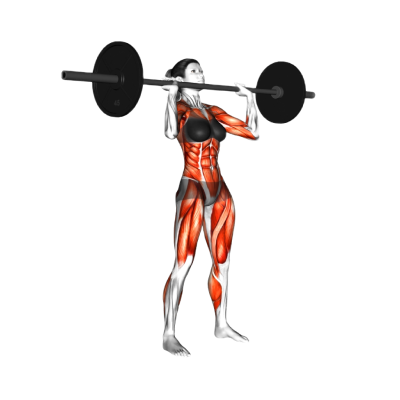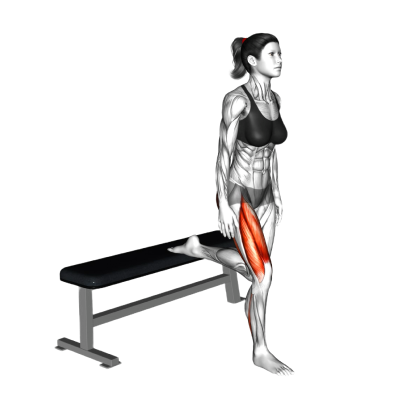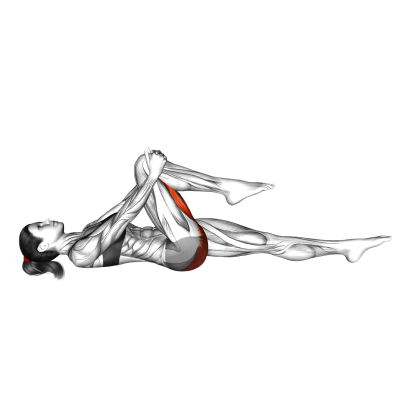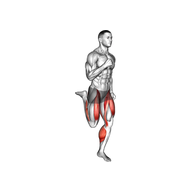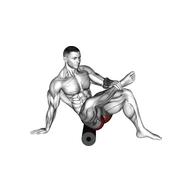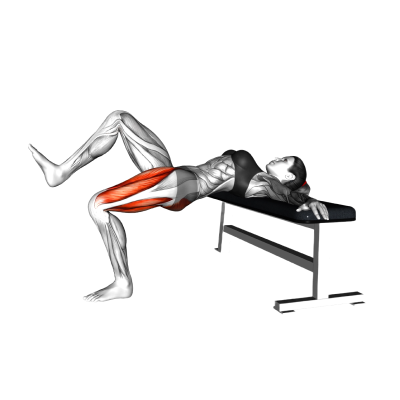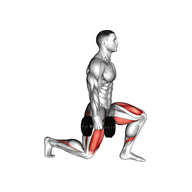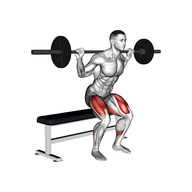A Complete Guide to Sumo Squats
The sumo squat is a deep squat position using a wider stance and an outward-pointing angle of the toes. The sumo position aims to recruit more inner thigh muscle (adductor) activation compared to a traditional squat. In this squat variation, you stand with your feet more than hip- width apart to engage the groups of muscles located around your thighs. You can do sumo squats with just your bodyweight, or using a barbell for strength training, depending on your preference. You can also use a dumbbell or kettlebell. In this exercise, it is important to engage your core muscles in your squat and in your standing position to prevent injury.
How-to
- Stand up straight with legs wider than shoulder-width apart, feet pointing outward.
- Lower yourself by bending your knees while extending your rear backward until your thighs are parallel to the ground.
- Squeeze your glutes to straighten your legs to return to the starting position.
Muscle Worked
Primary Muscle Groups


Glutes
The glutes help you extend your thighs from the hips and drive you forward.

Hamstrings
The hamstrings flex your knees and extend and rotate your hips

Quads
"Quads" refers to your quadriceps femoris muscles which flex your leg from the hip joint and extend your leg from the knee joint.Secondary Muscle Groups


Adductors
The adductors are the muscles on the insides of your thighs that move your legs toward the midline of your body

Calves
The calves are the muscles at the back of the lower part of your legsPro Tips
- Think about rotating your femur bones in your hip sockets when you are learning this move. This will help keep your knees in line with your toes.
- Turn your toes outward to around a 45-degree angle.
Benefits
- This exercise can help release tight hips. This can be a way to reduce pain if your hips feel stiff.
- Sumo squats build flexibility in the hip area and can improve your overall strength.
Variations
The following exercises target the same primary muscles using the same equipment:
Alternatives
The following exercises target the same primary muscles using different equipment:
Warm Up & Cool Down
Warm Up
Try using banded hip abduction as a warm-up for sumo squats. This will get you to engage your abductor and adductor muscles.
- Grab a resistance band and wrap it around your mid-thighs. Lie on one side, supporting yourself with your arm under your head.
- Stack your knees and hips, then slowly and with control, draw the top leg up and away from the bottom leg, resisting your band.
- Hold for a moment, then bring the leg back.
- Repeat with light weight as needed.
Cool Down
Use a figure 4 stretch to elongate the glute muscles after sumo squats.
- Stand on one leg.
- Bend your other leg at the knee then fold that ankle over the knee of your standing leg, as you drop into a shallow one-legged squat.
- Hold for 10-30 seconds.
- Repeat on the other side.
FAQ
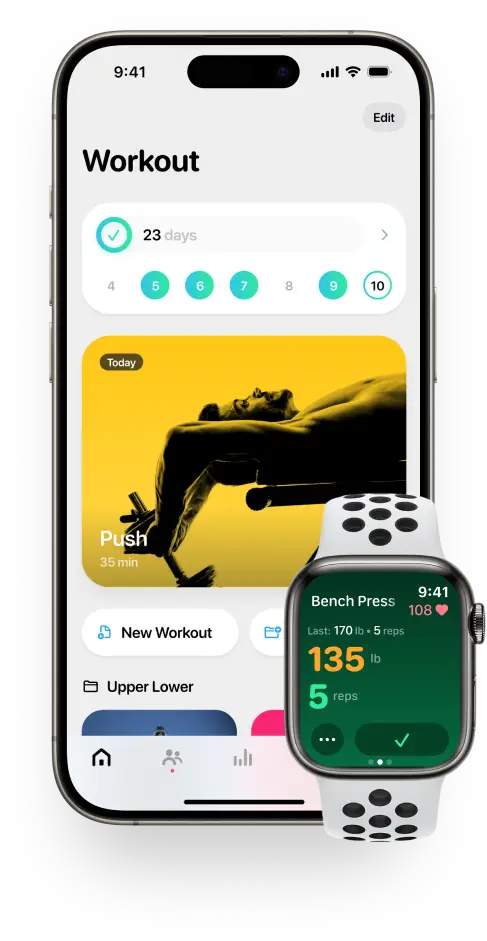
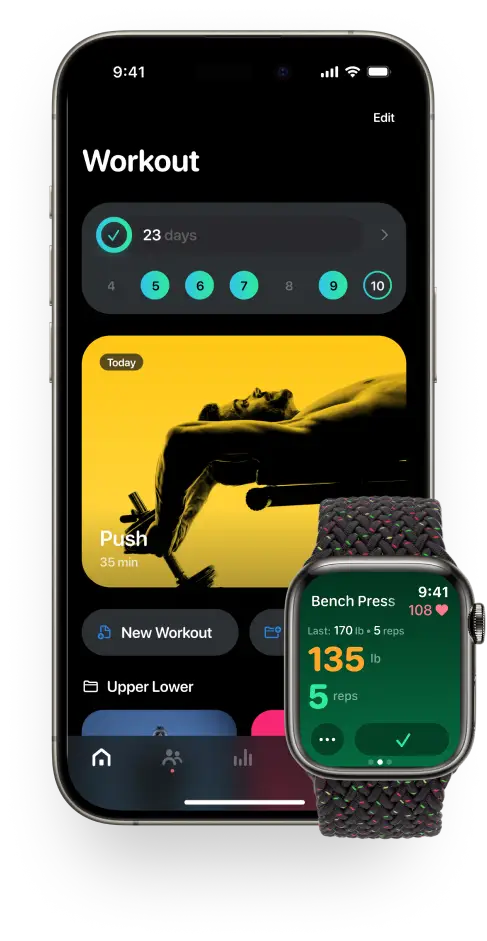
Get fit with Flex
Build muscle & lose weight fast for free.
Available on iPhone + Apple Watch

